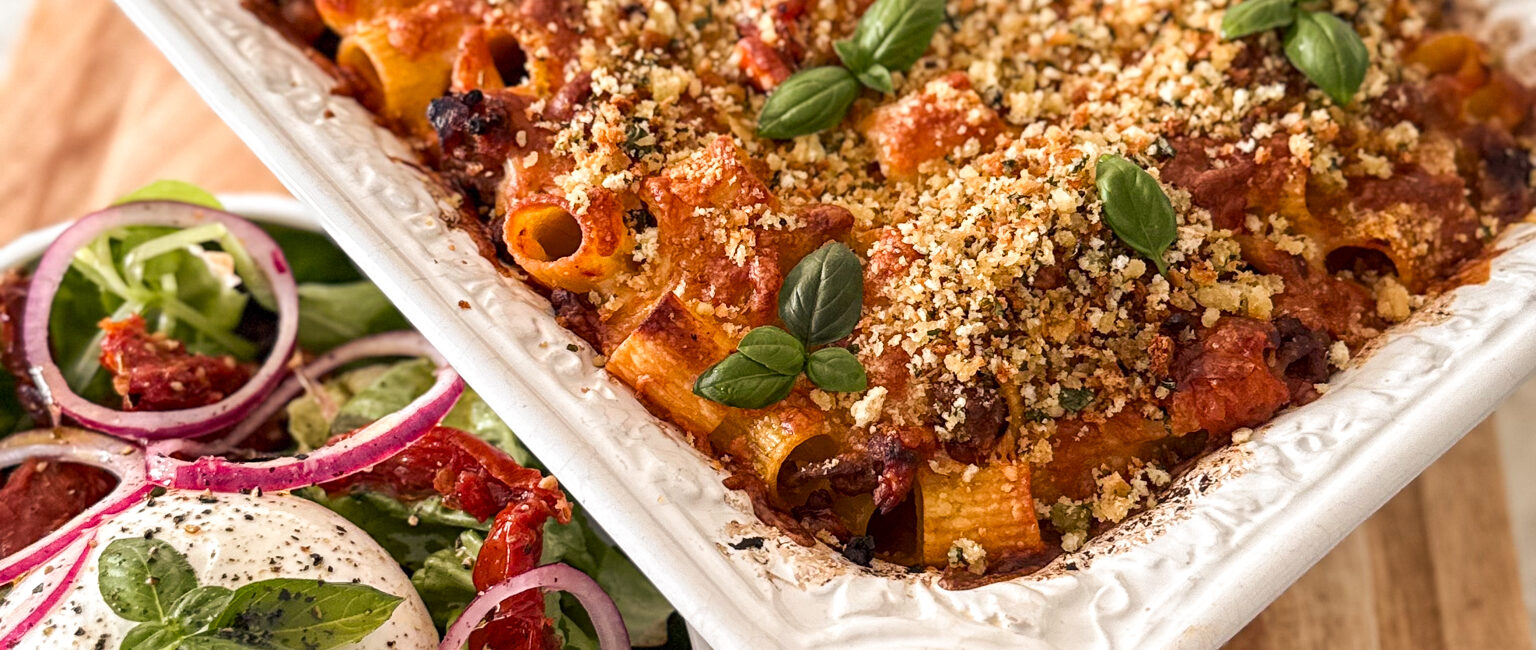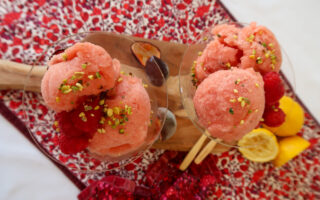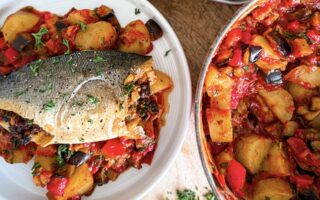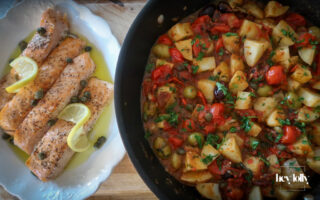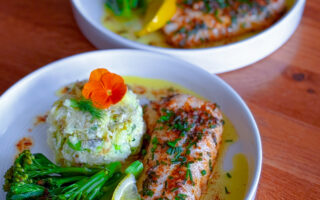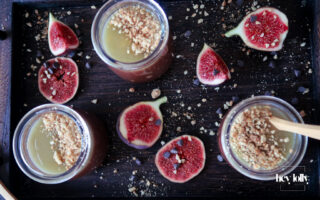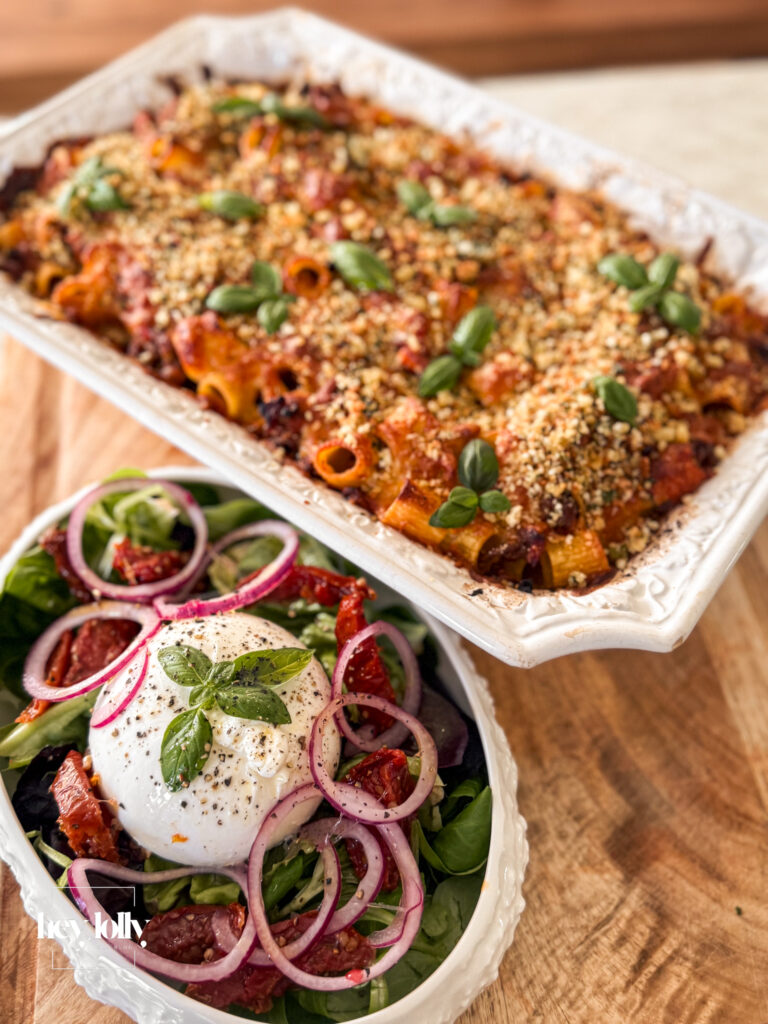
My love affair with proper Italian cooking began years ago during a summer spent wandering through Tuscany. I’d spent a week in a stone farmhouse outside Siena, where the window looked out over rolling hills lined with cypress trees. The local markets were a revelation – tables groaning with tomatoes that tasted of sunshine, bunches of herbs and chillies so fragrant they scented the air around them, and vegetables I’d never even heard of, let alone knew how to lovingly prepare or cook with the care they deserved.
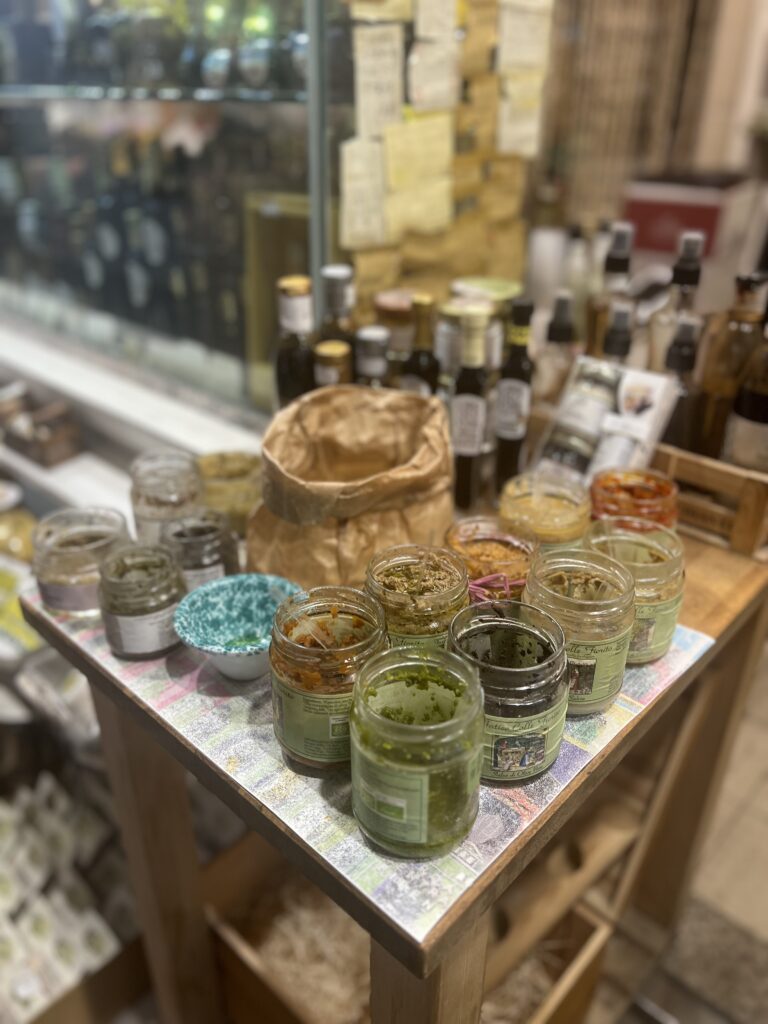

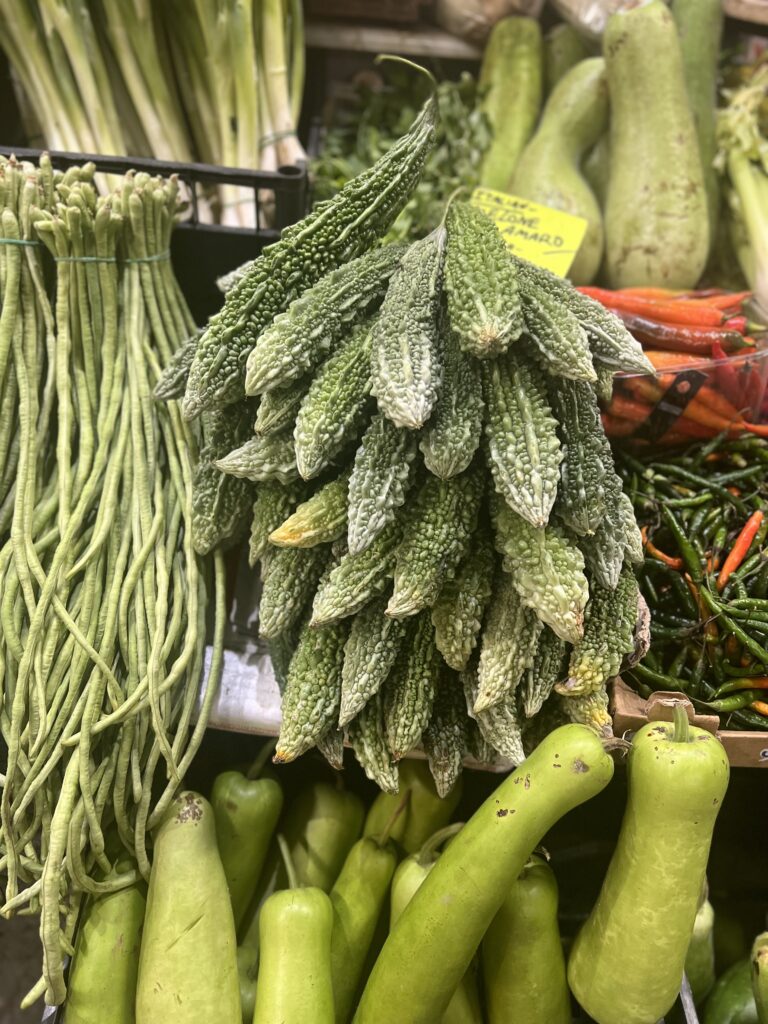
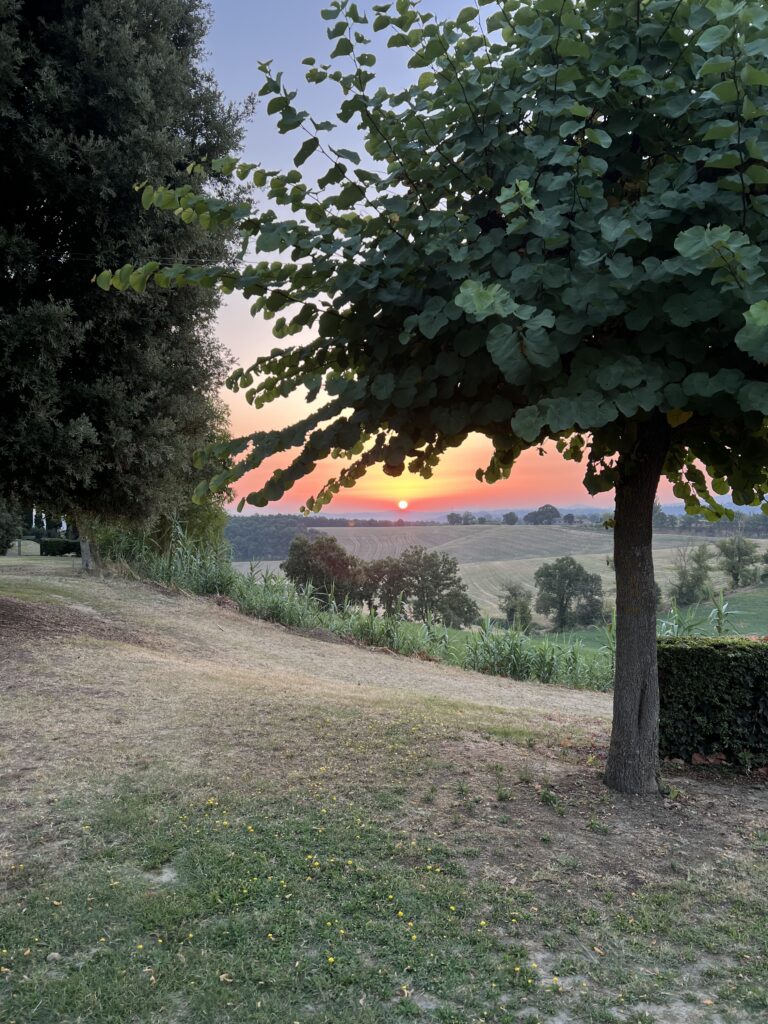
But if Tuscany planted the seed, it was my good friend Carla who truly taught me how to cook Italian food. Being 100% Italian, she grew up with her mama’s wooden spoon practically attached to her hand. “Let me show you how we do it” became her catchphrase whenever I’d attempt anything remotely Italian back in the day. We used to cook together a lot – they ran a pub and I worked in the kitchen to help out.
She’d nudge me aside with that knowing smile and show me exactly how she’d been taught – how to tell when the soffritto is singing and ready for the next stage, why you should never, ever rush a ragù (a lesson I’ve carried with me ever since), and the sacred, non-negotiable importance of saving some pasta water. These weren’t just cooking tips; they were cultural heirlooms passed down through generations, shared across a steamy kitchen with flour-dusted hands.
And for that, I’m forever grateful.
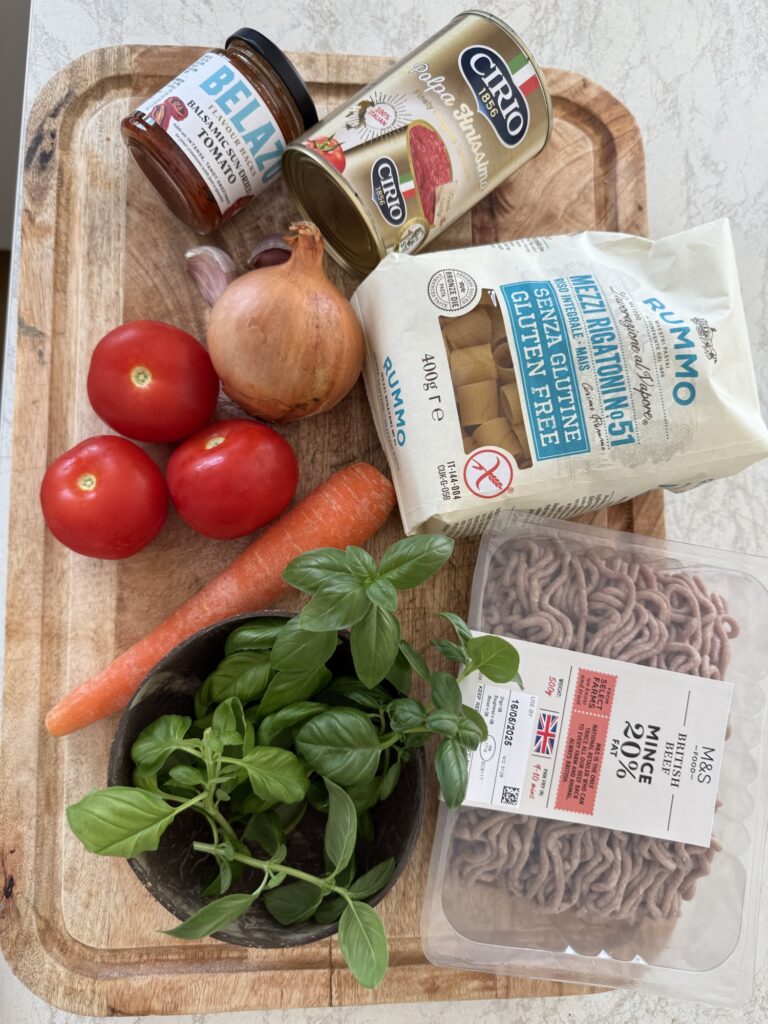
This rigatoni recipe is what happens when those Tuscan memories meet Carla’s teachings, with a bit of my own flair thrown in. The magic lies in its layers. First, there’s the ragù – rich, deeply flavoured, and given extra depth from the combination of fresh tomatoes and that gorgeous Belazu sun-dried tomato paste. Carla would insist on letting it bubble away slowly (“Pazienza, Lolla, pazienza!”), allowing it to reach that perfect consistency where it clings lovingly to each piece of pasta.
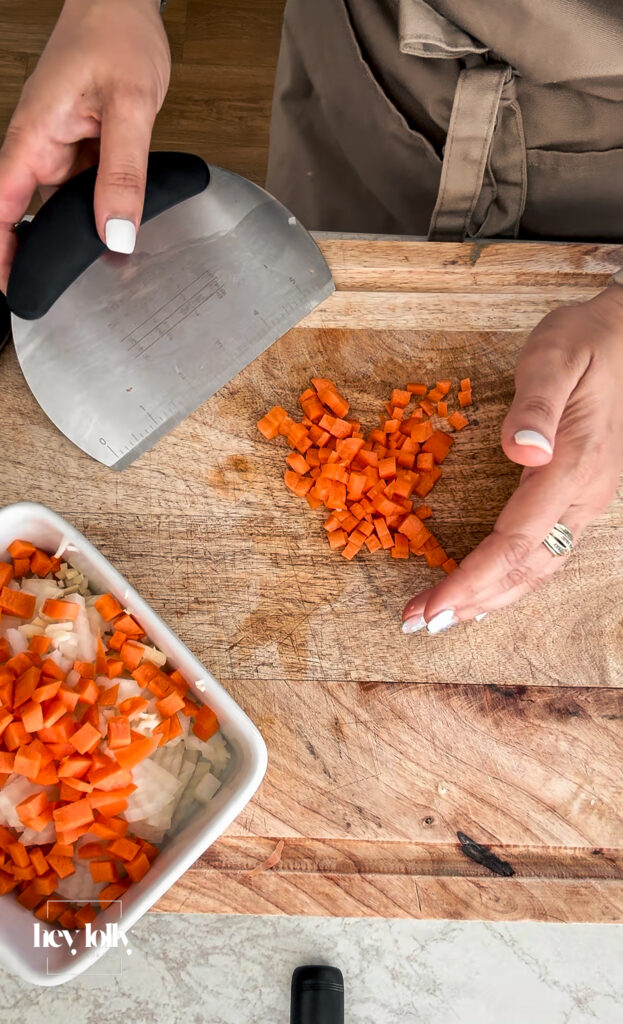
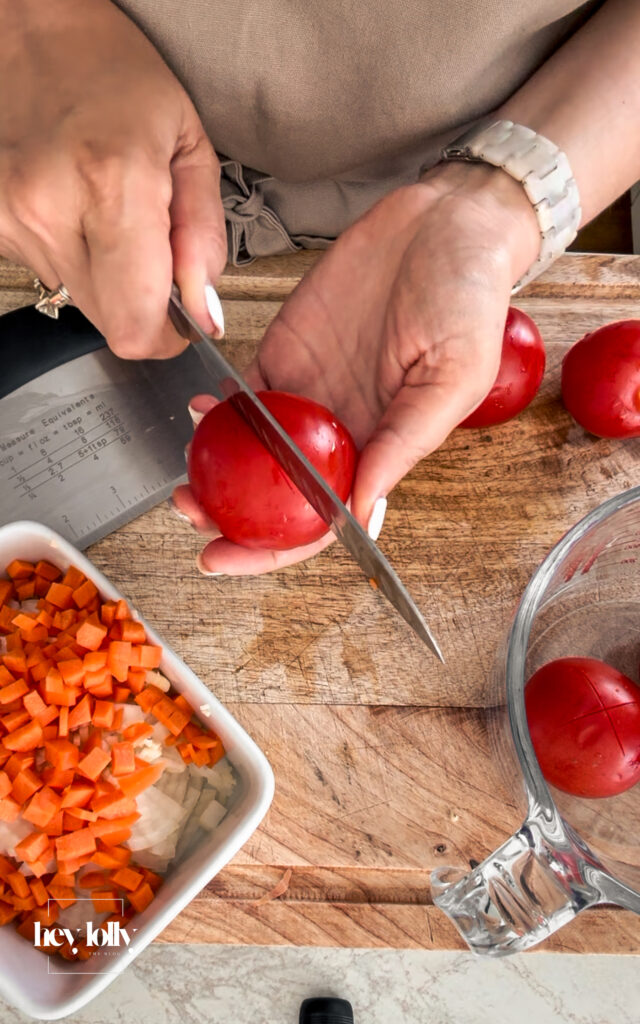
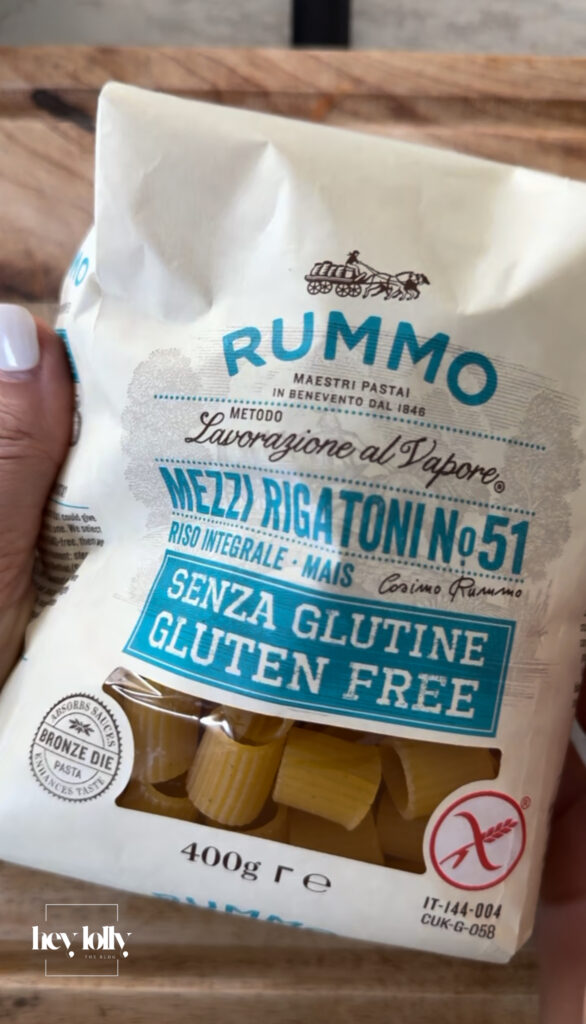
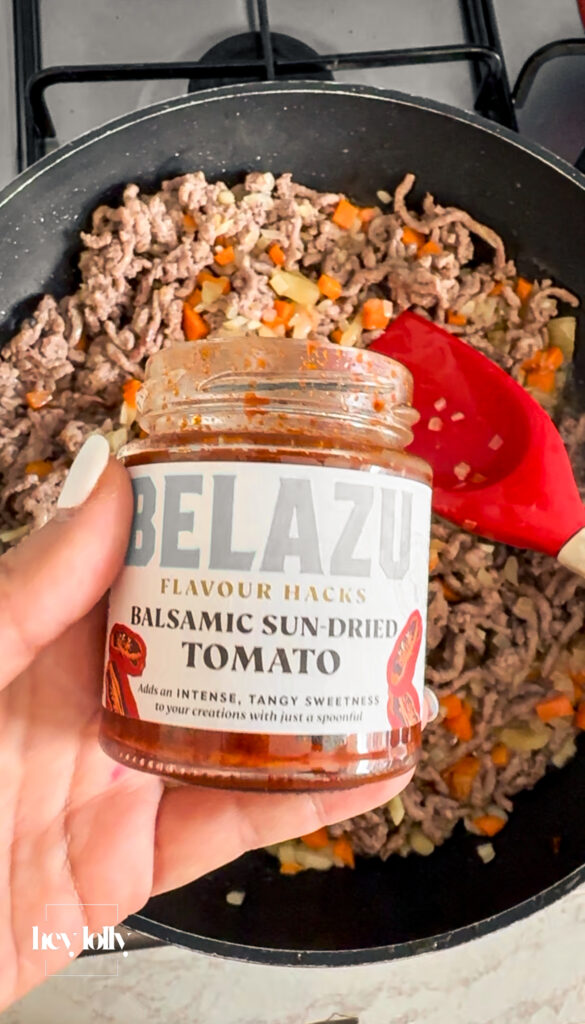
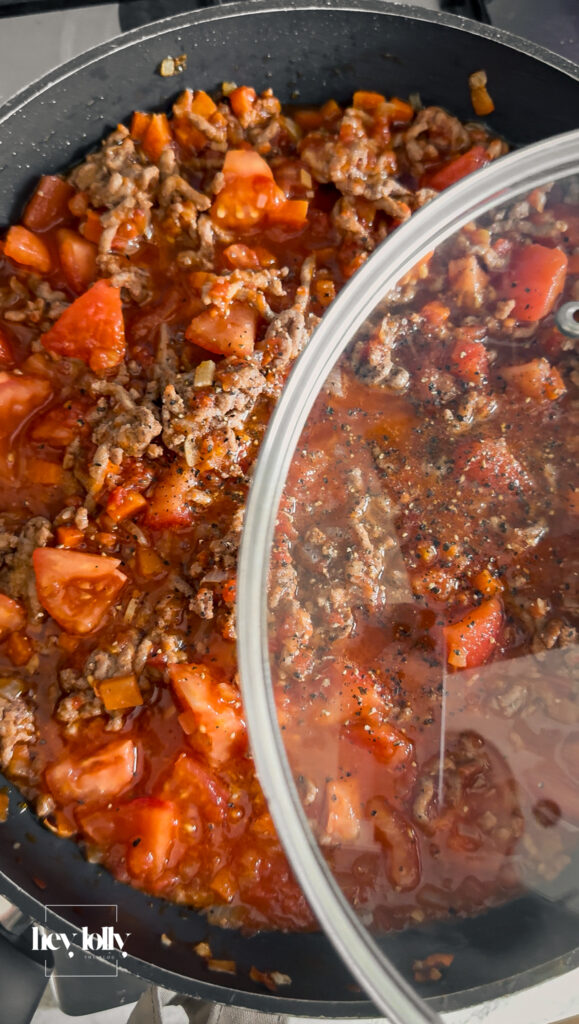
But the real game-changer here is the pangrattato topping. I first encountered this in a tiny trattoria in Florence, where an elderly chef explained it was originally a poor man’s parmesan – a way to add flavour and texture when cheese was too expensive.
When the garlic-infused crumbs hit the hot pan, the aroma alone is worth the extra step. Add fresh herbs, a hint of lemon zest, and watch as they transform into golden, crunchy nuggets that provide the perfect textural contrast to the soft pasta beneath. It’s like having the best bit of a mac and cheese (that crispy top layer we all fight over) but dialled up.
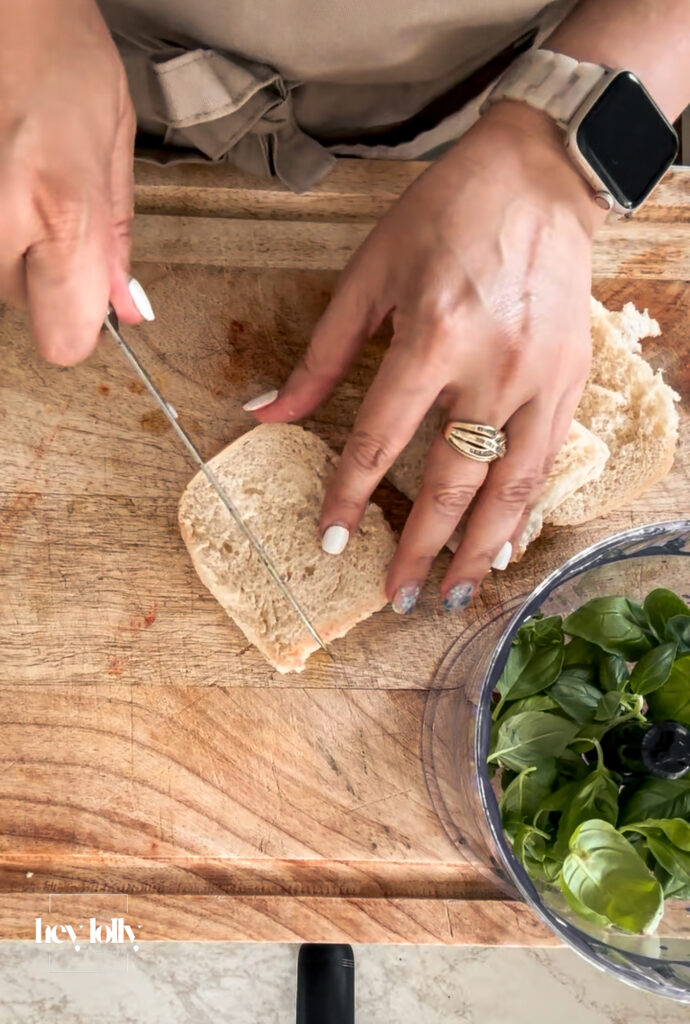
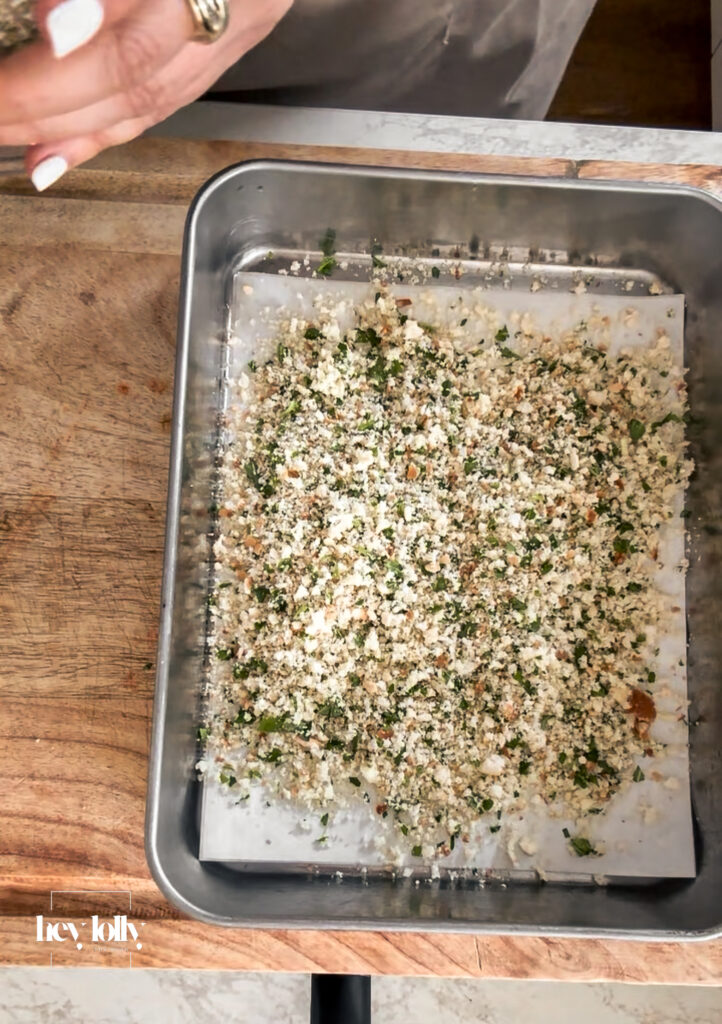
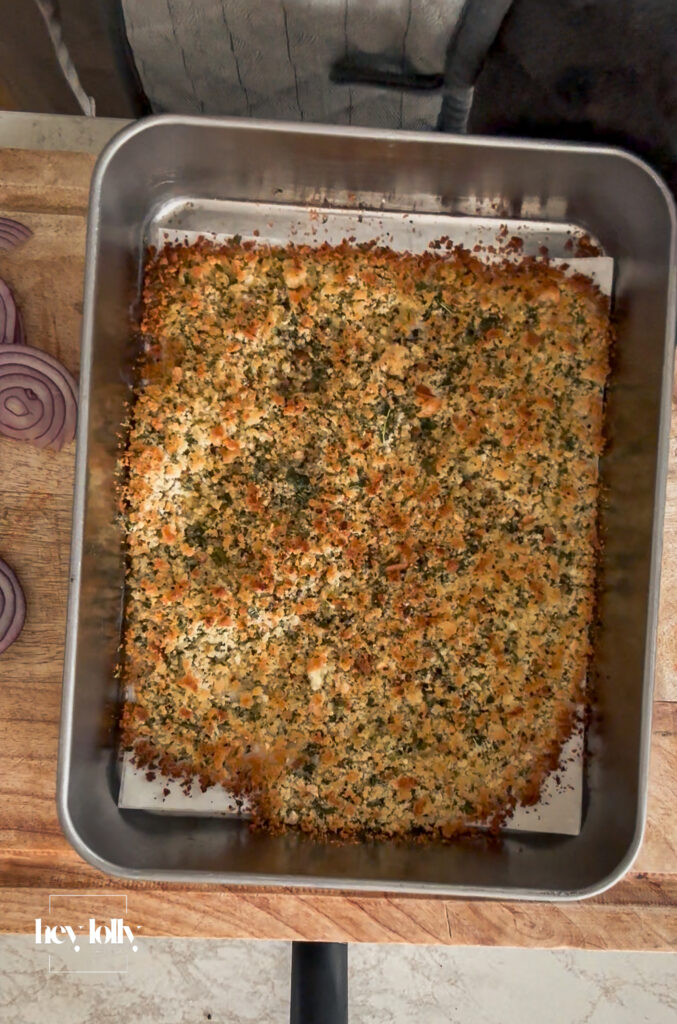
Then there’s the little accompaniments.
In this instance a Burrata Salad. There’s something rather magical about placing that plump ball of oozy burrata atop peppery leaves, sun-dried tomatoes, and sweet red onion – like placing the crown jewel on a throne of vibrant colors. Carla taught me to always serve something fresh alongside a rich pasta dish – “for balance,” she’d say, in that matter-of-fact way that brooked no argument, her wisdom simple but profound.
When you cut into the burrata, the creamy centre spills out in slow motion, creating an instant dressing that mingles with the olive oil and balsamic, transforming a simple side into a moment of pure pleasure. It’s the kind of effortless elegance that makes people think you’re far more accomplished in the kitchen than you might actually be – our little secret.
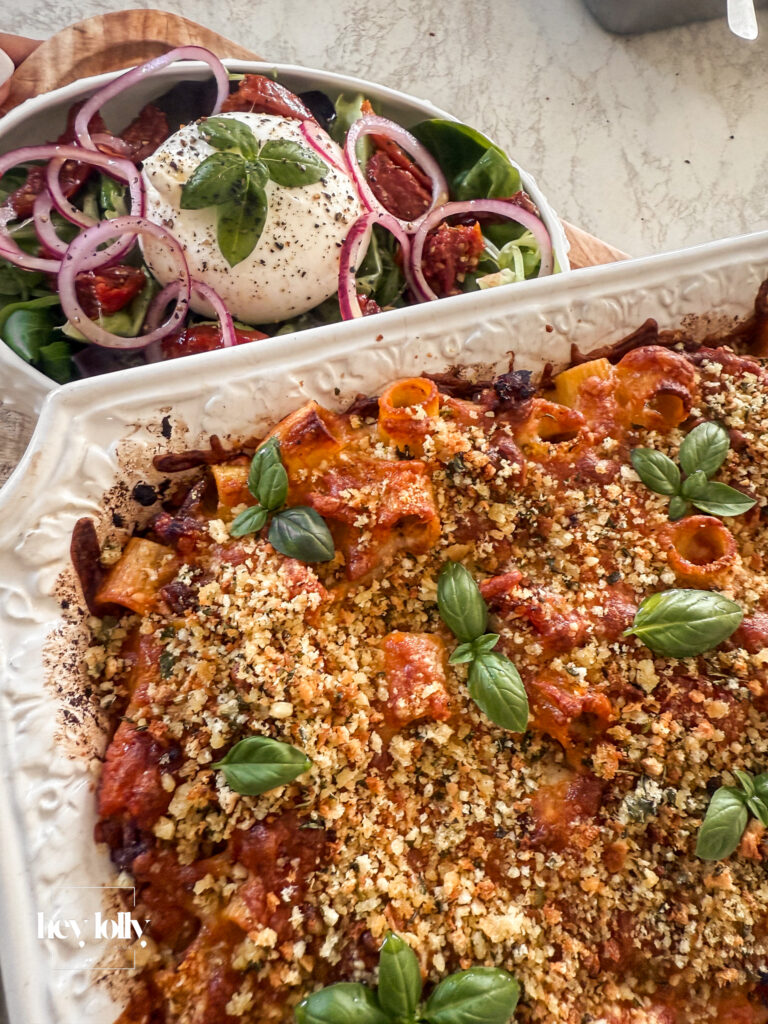
The beauty of this recipe is its versatility. Feeding a crowd? It scales up beautifully and can be prepped ahead, ready to slide into the oven when guests arrive.
Just you? Make the full batch anyway – the leftovers are possibly even better the next day, when the flavours have had time to get properly acquainted. Game changer.
Now, onto the recipe itself, with cheese pulls and golden basily crumbs aplenty…
You can also view more of this over on my Tik Tok here

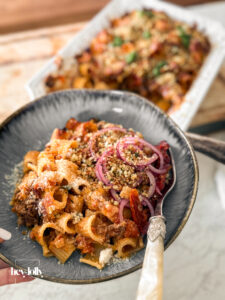
Ingredients
-
For the ragù
- For the Pasta
- For the pangrattato topping
Instructions
-
Make the ragù:
- 1) In a large pot, heat a splash of olive oil. 2) Add onion, carrot and celery (soffritto base) and cook gently until softened. 3) Stir in the beef mince and cook until browned. 4) Add the fresh chopped tomatoes and let them break down slightly. 5) Add the sun-dried tomato paste and tinned polpa. Season well. 6) Add water as needed to loosen the sauce and let it simmer, uncovered, for around 1 hour until rich and thick. Stir occasionally. 7) Tear in basil just before the sauce is done. Cook the pasta:
- 8) Boil the rigatoni in salted water until just shy of al dente. 9) Drain and reserve a little cooking water. Prep the pangrattato:
- 10) Blitz stale bread, garlic, basil, salt and pepper in a food processor to chunky crumbs. 11) Drizzle in olive oil and pulse again until lightly coated. Assemble the rigatoni bake:
- 12) Preheat oven to 200°C (fan). 13) Toss cooked rigatoni with the ragù and a little pasta water if needed. 14) Transfer to a large oven dish. 15) Scatter over the pangrattato, then top with a heavy-handed grating of parmesan and a final drizzle of olive oil. 16) Bake for 10–12 minutes until crisp and golden on top.
Notes
Recipe Notes: Make it a meal: This dish pairs beautifully with a simple burrata salad — just layer mixed leaves, sun-dried tomatoes, and red onion in a bowl, place a creamy burrata in the centre, and finish with olive oil, balsamic and cracked black pepper. It brings freshness and contrast to the rich pasta bake. Make-ahead tip: You can prepare the ragù a day ahead — in fact, it tastes even better the next day. Assemble and bake just before serving. No food waste tip: Don’t toss those stale bread ends! Blitz them into breadcrumbs and freeze any extra for next time. Pangrattato is your secret weapon for turning simple pasta into a showstopper. Cheese check: Parmesan is ideal, but you can sub with pecorino for a saltier kick — or do a mix if you’re feeling wild. Gluten-free friendly: Using Rummo’s gluten-free rigatoni makes this bake coeliac-friendly, and honestly, you’d never know the difference.

